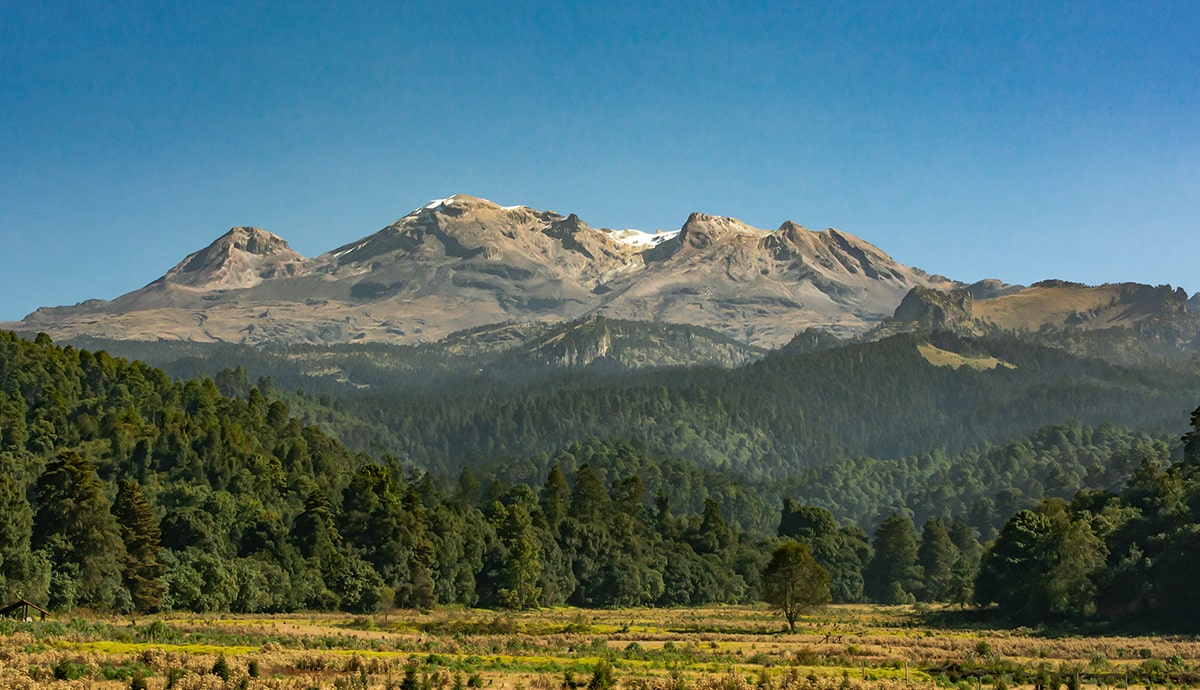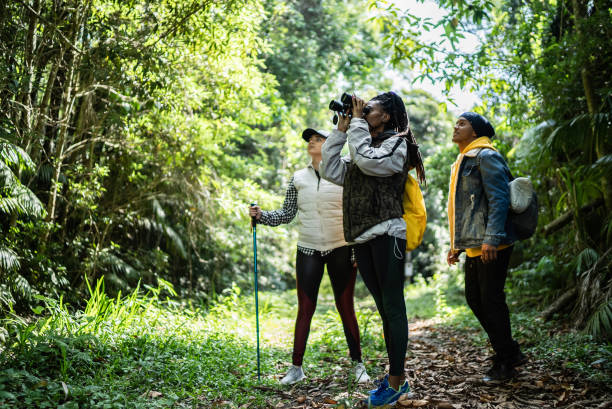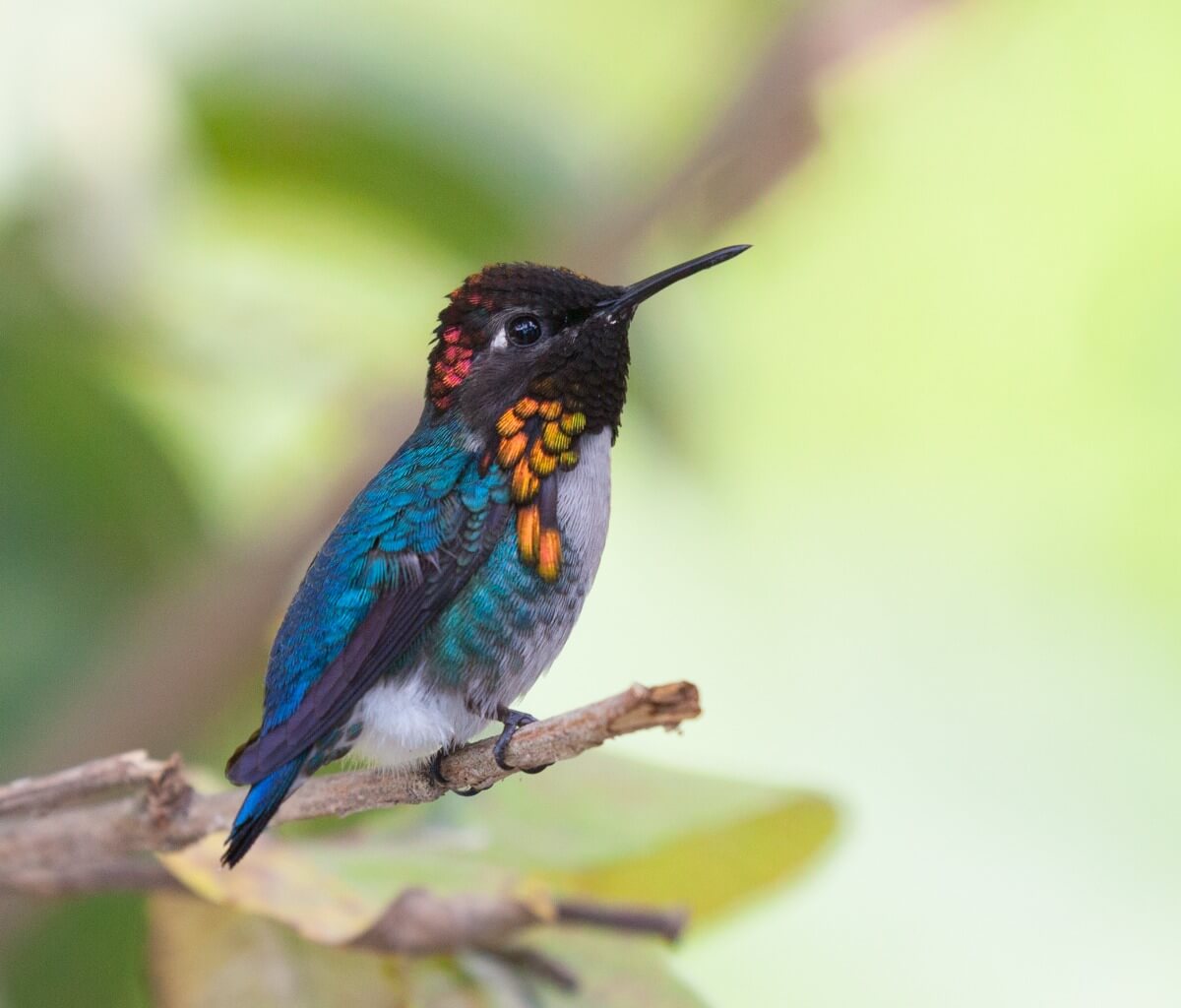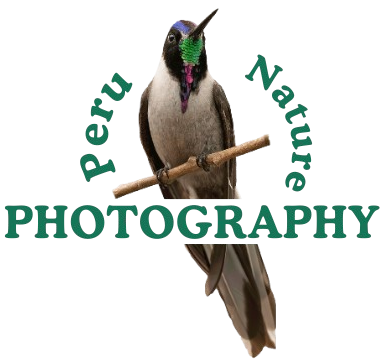ABRA MALAGA & MACHU PICCHU
Cusco - Ollantaytambo - Aguas Calientes
3 Days / 2 Nights
Difficulty: Moderate
Private Service
Abra Málaga and the Private Conservation Area are located in the northeastern part of the Cusco region. Abra Málaga lies at an altitude ranging from 2,200 to 4,400 meters above sea level, offering a unique opportunity to observe a wide variety of birds living in different ecosystems. These range from the «cloud forest» at the lower altitudes to the perennial snow at the base of Mount Verónica at the highest point.
Abra Málaga is also significant because it harbors the last remaining forests of Queuña (Polylepis sp.), which are extremely fragile. This area is home to some of the most endangered flora and fauna in South America.
Although the forests within this Conservation Area are popular and highly valued by both specialists and enthusiasts for bird watching, their diversity has diminished considerably in recent years. Nonetheless, endemic species can still be observed, such as the Inca Wren, Marcapata Spinetail, Creamy-crested Spinetail, White-browed Tit Spinetail, Chestnut-breasted Mountain Finch, Royal Cinclodes, White-tufted Sunbeam, and Bearded Mountaineer, among others.
Finally, Ipal, with its dry forest, is rapidly becoming one of the best birding hotspots in the entire Cusco region. Located in the province of La Convención, Huayopata District, it offers sightings of dry forest species like tanagers, falcons, seed eaters, and more.
We recommend staying in Ollantaytambo or a nearby area for an early departure, allowing you to cover more birdwatching areas on your way to Abra Málaga. The trip concludes with a visit to the world-renowned natural, cultural, and archaeological wonder, Machu Picchu.
Highlights:
- Polylepis Forest
- Bamboo and Cloud Forest
- Ipal Dry Forest
- Endemic Birds
- Machupicchu
Day 1: Cusco or Ollantaytambo – Abra Málaga – Ipal Lodge
We will pick you up from your hotel in our van at 5:00 AM and drive toward Abra Málaga. Along the way, we will stop at various strategic points to spot endemic birds and other species that are more challenging to observe, living in specific microclimates. Some of the endemic species include:
- Chestnut-breasted Mountain Finch
- White-tufted Sunbeam
- Creamy-crested Spinetail
- Rusty-fronted Canastero
- Bearded Mountaineer
- White-browed Tit-spinetail
- Royal Cinclodes
- Junín Canastero
More difficult species to spot:
- Puna Thistletail
- Tawny Tit-spinetail
- Giant Conebill
- Blue-mantled Thornbill
- Ash-breasted Tit-tyrant
- Purple-backed Thornbill
- Olivaceous Thornbill
- Puna Tapaculo
- Black Siskin
- White-winged Cinclodes, and others.
After a full day of birding, we will head to Ipal Lodge, where we will be welcomed with accommodations and dinner. Afterward, we will go out to look for owls around the lodge, including the Tropical Screech Owl, Buff-fronted Owl, and others.
Day 2: Ipal Lodge – Ollantaytambo – Machu Picchu
We will wake up early to prepare our birdwatching equipment and head out to explore the area around the lodge. We’ll observe local birds feeding in and around the lodge and nearby farmland. Over 60 bird species have been identified here, including:
- Green and White Hummingbird (endemic)
- Red-crested Finch
- Swallow-tailed Hummingbird
- Blue-tailed Emerald
- Bronzy Inca
- White-lined Tanager
- Silvery Tanager
- Blue Dacnis
- Speckled Chachalaca
- Plumbeous Kite
- Barred Antshrike
- Bananaquit
- Palm Tanager
- Blue-black Grassquit, and others.
After our morning birding, we will return to the lodge for breakfast. Then, we’ll board the van toward the Carrizales route, stopping at the Bamboo, Cloud, and Polylepis forests to spot additional endemic and other notable birds, such as:
Endemic Birds:
- Inca Wren
- Marcapata Spinetail
- Unstreaked Tit-tyrant
- Cuzco Brush Finch
- Parodi’s Hemispingus
- Red and White Antpitta
- Urubamba Antpitta
- Cuzco Star-frontlet
- Coppery-naped Pufflet
Other Birds:
- Tit-like Dacnis
- Golden-collared Tanager
- Capped Conebill
- White-browed Conebill
- Masked Flowerpiercer
- Ondulated Antpitta
- Diademed Tapaculo
- Azara’s Spinetail
- Crimson-mantled Woodpecker
- Masked Trogon
- Sword-billed Hummingbird
- Streaked Tuftedcheek, and others.
After our birding session, we will return to Ollantaytambo to board the train to Aguas Calientes, where we will spend the night at a hotel.
Day 3: Machu Picchu – Cusco
In the morning, we will take the bus up to Machu Picchu, where we will explore the breathtaking architecture and mysterious temples left by the Andean masters and skilled stone masons. A professional bilingual guide will help us understand the sophisticated technology of this highly advanced culture. After the guided tour, we will return to Aguas Calientes and take the train back to Cusco in the afternoon.
Includes:
- All transportations
- Snacks
- Ozonated water (we will provide it in all the tour, but you must carry your own canteen)
- Round-trip train tickets (Ollantaytambo – Aguas Calientes – Ollantaytambo)
- Bus tickets to and from Machu Picchu
- Professional bilingual guide specialized in birdwatching
- All entrance fees
- Accommodation at Ipal Lodge and Aguas Calientes
- Box lunch and dinner on Day 1
- Breakfast and box lunch on Day 2
Not Included:
- Personal requirements
- Breakfast on Day 1
- Dinner on the second night
- Lunch on the last day
- Birdwatching equipment*
- Recommended gratuities for the staff
* If you don’t have some of the required equipment, we can rent one.
To enjoy our tour, don’t forget to bring:
- Passport or ISIC card OBLIGATORY
- Binoculars
- Photograph equipment
- Extra batteries
- Camouflaged clothes
- Sun block SPF 45 – 90
- Small backpack (canteen, snacks, etc.)
- Extra clothes
- Hat or cap for the sun and sunglasses
- Repellent
- Raincoats or rain ponchos (all year)
- Slippers or tennis shoes
- Extra cash in (soles and dollars, optional).
Frequently Asked Questions
This tour combines birdwatching, nature exploration, and cultural heritage, taking you through diverse ecosystems from high-altitude cloud forests to Machu Picchu’s archaeological wonders.
Yes, the tour includes Machu Picchu entrance tickets and all necessary permits.
You can do the tour all year round, however, we recommend choosing the best season, which is from March to December, because there is less rainfall and more bird migration.





